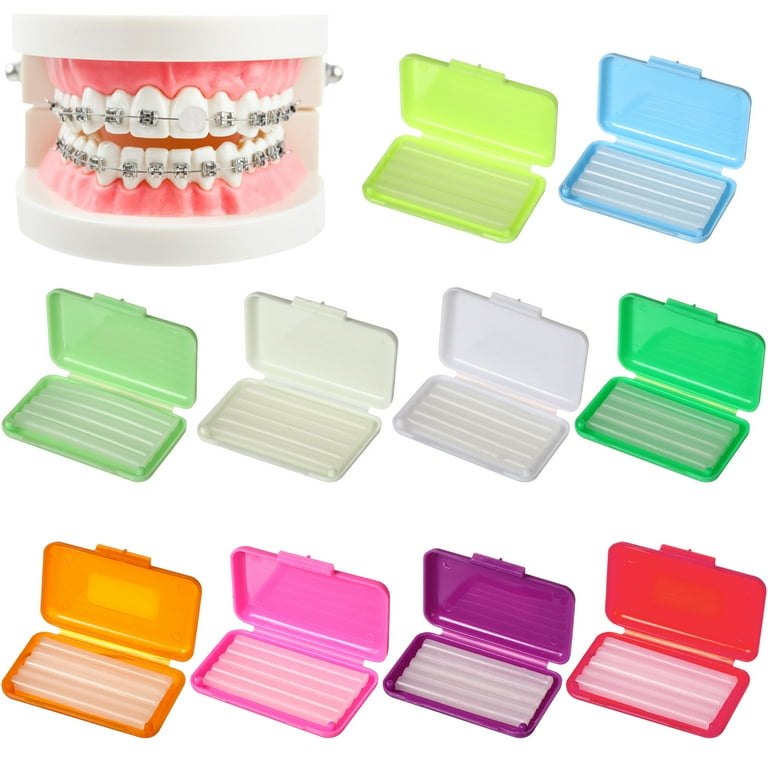What Sets Cumming Braces and Aligners Besides Other Orthodontic Treatments
What Sets Cumming Braces and Aligners Besides Other Orthodontic Treatments
Blog Article
Comprehensive Overview to Orthodontics Treatments for Correcting Dental Misalignments
In the world of orthodontics, the trip to attaining a perfectly aligned smile involves a myriad of procedures customized to fix dental imbalances. From standard dental braces to unseen aligners and also medical alternatives, the field of orthodontics provides a variety of services to resolve differing levels of dental irregularities. Understanding the intricacies of each procedure, including their mechanisms, benefits, and possible drawbacks, is crucial in making notified choices regarding one's orthodontic therapy. As we browse with the thorough guide to orthodontic procedures for remedying oral imbalances, the detailed information of each approach will unravel, clarifying the path toward a unified and functional dental positioning.
Orthodontic Procedures Overview

In enhancement to clear aligners and standard braces, orthodontists might additionally advise other interventions like headgear, palatal expanders, or retainers to attend to specific positioning issues (orthodontist). These procedures are customized to every patient's distinct requirements and may include a combination of therapies to accomplish the preferred results. Routine changes and monitoring are crucial components of orthodontic therapy to make certain development gets on track and to make any kind of necessary alterations in the process. By undertaking orthodontic treatments, patients can not just achieve a straighter grin but likewise enhance their overall oral health and function.
Traditional Braces: How They Function
When considering orthodontic therapies for oral misalignments, traditional dental braces stand out as a time-tested approach for correcting teeth positioning. Typical braces consist of brackets, cords, and bands that work with each other to use continuous pressure on the teeth, slowly relocating them right into the preferred alignment.
One secret aspect of just how conventional dental braces work is the procedure of bone makeover. As pressure is related to the teeth with the dental braces, the bone surrounding the teeth is reshaped to sustain the new tooth settings. This makeover is necessary for the lasting security of the remedied placement. Individuals will certainly require normal changes at the orthodontist's office to guarantee the dental braces remain to apply the right pressure for efficient teeth activity.
Unnoticeable Aligners: Cons and pros
These clear, tailor-made trays are essentially invisible when worn, making them an attractive choice for people seeking a much more visually pleasing orthodontic therapy. Patients can remove the aligners prior low cost dental care to consuming or cleaning their teeth, decreasing the danger of food obtaining stuck in the home appliance and streamlining the cleansing procedure.

Surgical Orthodontic Options
Surgical interventions in orthodontics present feasible alternatives for addressing intricate oral misalignments that may not be successfully resolved via traditional orthodontic treatments. While undetectable aligners and traditional dental braces can remedy lots of orthodontic concerns, particular instances call for medical intervention to achieve ideal outcomes. Surgical orthodontic options are typically suggested for severe malocclusions, considerable jaw inconsistencies, and cases where the underlying bone structure requires modification to achieve proper alignment.
One usual surgical orthodontic treatment is orthognathic surgical treatment, which includes repositioning the jaws to remedy functional problems such as difficulty talking or good dentist in my area chewing. This surgery is usually executed in cooperation with an orthodontist who helps straighten the teeth prior to and after the treatment. Surgical orthodontics may likewise include treatments to reveal affected teeth, remove excess gum cells, or improve the jawbone to produce an extra unified facial profile.
Before considering medical orthodontic alternatives, patients undertake an extensive analysis to determine the requirement and potential advantages of such treatments. cumming aligners. While surgical procedure may seem difficult, it can considerably enhance both the feature and looks of the smile in situations where traditional orthodontic therapies fail
Retainers and Post-Treatment Care

Failing to comply with post-treatment care instructions can result in relapse, where the teeth gradually move back towards their original placements. Consistent retainer wear, great oral hygiene, and regular oral exams are necessary for maintaining the outcomes accomplished through orthodontic surgery and ensuring the long-lasting security of the corrected dental positioning.
Conclusion
In conclusion, orthodontic procedures use different options for remedying oral misalignments. Surgical orthodontic options are available for a lot more extreme imbalances. On the whole, orthodontic treatments can effectively improve dental health and visual appearance.
As we browse with the extensive overview to orthodontic treatments for remedying oral misalignments, the complex details of each method will unfold, dropping light on the path towards a unified and useful oral positioning. - orthodontics
One of the most typical orthodontic therapies is the usage of dental braces, which are composed of metal brackets and wires that apply gentle stress to gradually move teeth into like it the desired setting.When considering orthodontic therapies for oral misalignments, standard dental braces stand out as a reliable technique for remedying teeth placing. Additionally, unseen aligners may not be ideal for intricate orthodontic concerns that require more substantial teeth motion, as they are generally recommended for light to modest instances. Retainers are custom-made orthodontic tools created to hold teeth in their corrected settings after the completion of orthodontic therapy.
Report this page